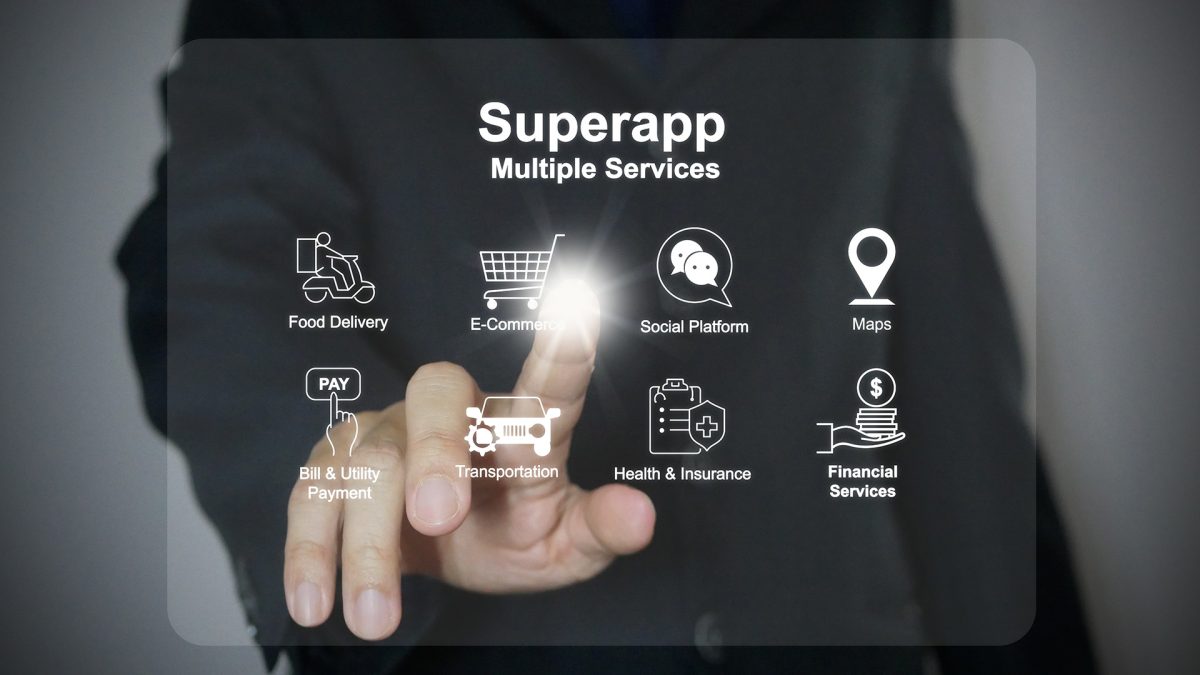Let us recall that a few years ago, Forrester Research predicted that by 2030, the future of banking would be invisible, connected, knowledge-driven, and most importantly, contextual—a term referring to digital products and services that allow customers to feel aligned with the values and principles of their financial institutions.
These characteristics, detailed in Forrester’s study “The Future of Banking is Here,” are already under development and are shaping a new market ecosystem. This new landscape brings new business rules and monetization models and is led by new players who own vast amounts of customer data. One of the most significant of these players is undoubtedly the super apps.
First, it’s important to clarify that these mobile platforms are not just simple applications; they are integrated ecosystems offering a wide variety of services, from money management to e-commerce, transportation, entertainment, and more. Their great innovation lies in their all-in-one nature. Rather than limiting themselves to a single functionality, they provide multiple services, which is why the financial sector has been integrating them—facilitating messaging, product purchases, bank transfers, mobile payments, investments, and even credit services.
For traditional financial institutions, the arrival of super apps has unquestionably brought disruption—and even a threat—forcing them to abandon their segmented model. In that model, functions were separated and controlled by specific institutions, requiring customers to navigate multiple apps and platforms to access different services. Now, these institutions are migrating toward complex apps that consolidate everything customers need in one place.
This shift has intensified competition between banks and fintechs, pushing traditional banks to reconsider their digital strategies. Some have started developing their own super apps or forming alliances with tech companies to offer integrated financial services, although many still struggle to adapt to this new model.
In Mexico, companies affiliated with the FinTech Mexico Association—such as DiDi, Klar, MercadoPago, Nu Mexico, and Stori—have gained great success among the population by offering a wide range of financial services, including payments, transfers, investments, and loans. As a result, they are positioning themselves as super apps in the financial sector. In response, for example, Grupo Salinas, whose financial services are operated by Banco Azteca, launched Baz, one of the first super apps in the country, which reached 6.5 million downloads in just its first seven months.
I am confident that the trend of traditional banking striving to compete with this model will continue, as these complex platforms retain both the user experience and customer relationship. A report from consulting firm KPMG indicates that super apps have access to so much customer information that they can better understand users, anticipate their needs, and—most importantly—offer the right financial product at the exact moment it’s needed.
This level of personalization goes beyond financial services. These platforms can also provide recommendations related to transportation, entertainment, and other services, further enhancing the user experience. However, they face major challenges, such as privacy and cybersecurity, due to their ability to collect data. It’s important to consider that super apps have access to massive amounts of information about users’ daily activities, making them attractive targets for cybercriminals. In addition, the lack of transparency in how data is used and the risk of it being shared with third parties without the user’s explicit consent are ongoing concerns for both regulators and users.
To address these challenges, financial super apps in Mexico must implement robust and constantly updated security measures, conduct regular security audits, and collaborate with cybersecurity experts to stay aligned with best practices and legal requirements. It is also essential for these apps, which manage large volumes of sensitive data, to reinforce the security of both the app itself and the personal data of users. Privacy must be guaranteed without surprises or ambiguous consent, preventing collected data from becoming an easy target for cybercriminals.
Another key challenge this successful model faces is regulation, due to its ability to operate across a wide range of sectors. From financial services to transportation and e-commerce, these platforms function in various areas governed by different laws and regulations. Without appropriate legal frameworks, there is a risk of creating an unfair competitive environment, where super apps may gain an unjust advantage over smaller companies or traditional market players.
In some countries, regulators are beginning to take steps to control the impact of super apps. In China, for example, authorities have started to impose stricter restrictions on the use of personal data, while in Europe and the United States, financial regulatory bodies are evaluating how to apply existing privacy and competition laws to these platforms. The key will be to strike a balance that fosters innovation without compromising consumer rights or the proper functioning of the market.
Therefore, it is crucial that regulators find ways to ensure a safe and fair environment for users and companies in the sector, because it’s clear that super apps will continue to evolve and present new challenges—challenges that can be addressed with the support of tech companies capable of helping create secure and trustworthy environments for users.
By Luis Battilana, Country Manager of Mexico & Financial Industry Services Head at Baufest.


